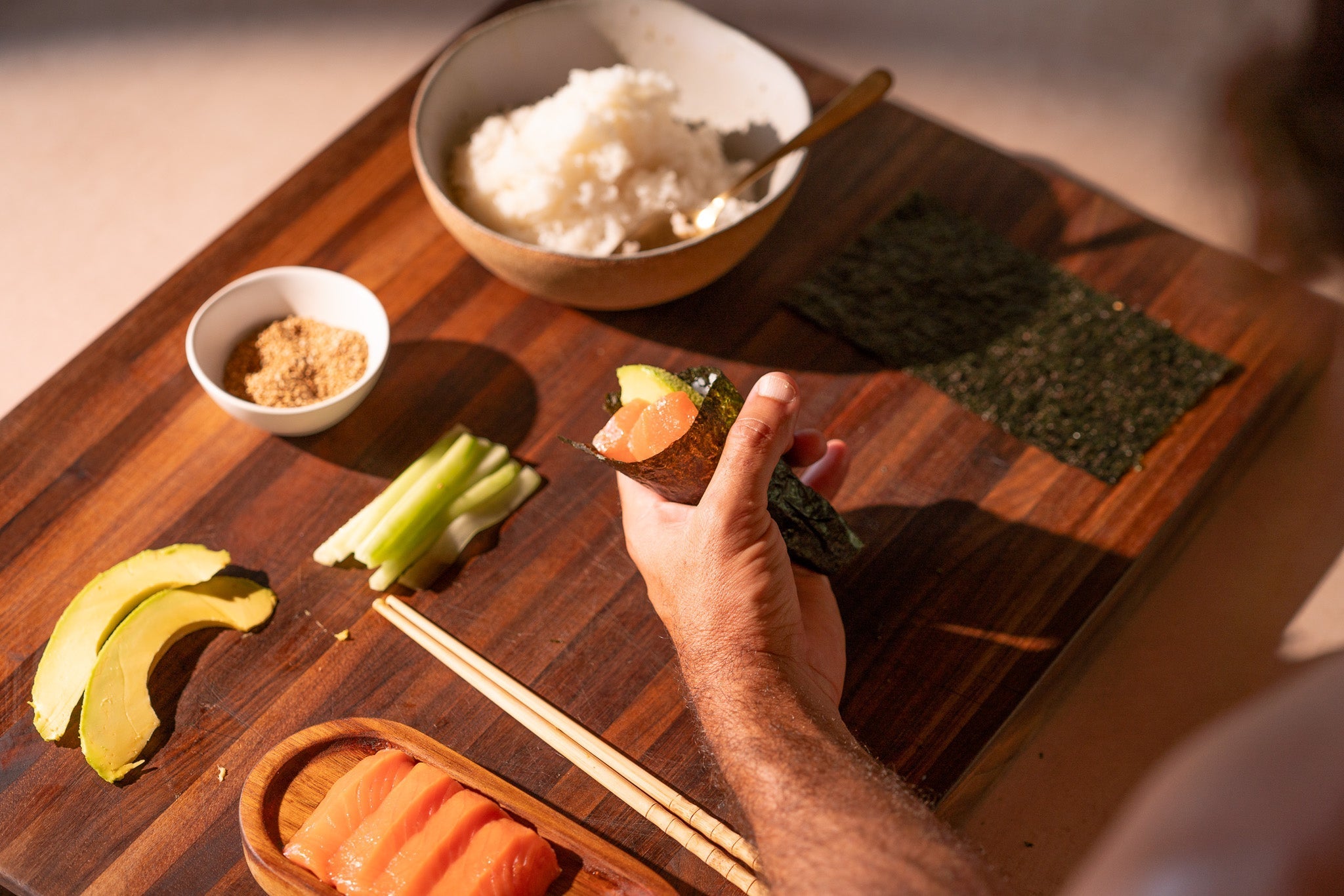New Report: 100% of tested Southcentral Alaska water bodies contain microplastics
Introduction
Alaska is often perceived as a bastion of untouched natural beauty, with its expansive wilderness and crystal-clear waters. However, recent studies have uncovered a troubling reality: the pervasive presence of microplastics in every tested water body in Southcentral Alaska. This revelation challenges the long-held belief in the pristine nature of Alaskan waters and underscores the urgent need to address the growing issue of plastic pollution.
The Reality of Microplastic Pollution
The Ubiquity of Microplastics
Microplastics, tiny plastic particles less than 5mm in size, have been found in all 39 water bodies sampled in Southcentral Alaska, including rivers, lakes, beaches, and even kitchen taps. These particles come from various sources, such as synthetic clothing fibers, plastic packaging, and degraded larger plastic items. Despite Alaska's geographical isolation, these pollutants have infiltrated its water systems, carried by ocean and atmospheric currents, and introduced through local human activities.
The Invisible Threat
Unlike larger pieces of plastic debris that can be easily seen and removed, microplastics pose a unique challenge due to their minuscule size. They are small enough to be ingested by marine life, including salmon and other wildlife, causing internal injuries and even death. Moreover, microplastics can attract and accumulate toxic chemicals like DDT, PCBs, and heavy metals, which then enter the food chain and ultimately impact human health.
The Myth of Pristine Waters
Perception vs. Reality
The perception of Alaskan waters as pristine is deeply ingrained in the public consciousness. This image is often used to promote Alaskan seafood and tourism. However, the presence of microplastics in every tested water body contradicts this image and highlights the need for a more nuanced understanding of environmental purity.
Implications for Wild Seafood
The discovery of microplastics in Alaskan waters raises concerns about the safety and quality of wild-caught seafood. Microplastics can bioaccumulate in fish and other marine organisms, leading to higher concentrations of toxic chemicals in their bodies. This not only affects the health of the wildlife but also poses risks to humans who consume these seafood products.
Seatopia's Commitment to Clean Seafood
Regenerative Aquaculture Practices
At Seatopia, we are committed to providing seafood that is free from detectable levels of microplastics. Our regenerative aquaculture practices, such as Recirculating Aquaculture Systems (RAS) and Integrated Multi-Trophic Aquaculture (IMTA), create controlled environments where we can monitor and mitigate the presence of pollutants. These practices also promote the health and sustainability of marine ecosystems.
Microplastics Testing and Prevention
We prioritize sourcing from farms that use sustainable practices and innovative feed options like micro-algae and insect protein. All Seatopia products undergo rigorous lab testing for microplastics and mercury to ensure that our customers receive the highest quality seafood. By choosing Seatopia, consumers can trust that they are supporting a cleaner and healthier ocean.
Ongoing Legal Issues and Overfishing Concerns
The ongoing legal battles involving British Columbia (BC) fishermen suing Alaska and the Marine Stewardship Council (MSC) over the overfishing of salmon highlight the complexities of managing shared marine resources. BC fishermen argue that overfishing in Alaskan waters significantly depletes salmon populations that should otherwise return to BC. This dispute emphasizes the need for sustainable fishing practices and cooperative management to ensure the long-term health of salmon stocks and the communities that rely on them.
Responsibility for Lost Fishing Gear
Commercial fisheries play a significant role in plastic pollution, particularly through lost and discarded fishing gear. Abandoned nets, lines, and other fishing equipment contribute to the majority of plastics found in the Pacific Gyre. These materials pose severe threats to marine life, causing entanglements and ghost fishing, where lost gear continues to capture and kill wildlife. Holding commercial fisheries accountable for recovering and properly disposing of lost gear is crucial for reducing plastic pollution and protecting marine ecosystems.
The Issue of Mercury in Alaskan Seafood
Historical Context and Current Concerns
A 2007 Associated Press article highlighted the presence of high mercury levels in certain Alaskan fish species. Samples taken from halibut over 50 pounds, shark, lingcod, yellow eye rockfish, and spiny dogfish revealed mercury concentrations too high for unlimited consumption. This issue persists today, with bioaccumulation likely increasing over the years, raising concerns about the safety of consuming these fish, particularly for vulnerable populations such as pregnant women and young children.
Health Risks of Mercury Contamination
Mercury, a potent neurotoxin, poses significant health risks, especially to developing fetuses and young children. High levels of mercury exposure can impair brain development, leading to learning difficulties and decreased IQ. The presence of mercury in top predator fish and older fish, which tend to accumulate more mercury over time, underscores the need for cautious consumption and stringent monitoring of seafood safety.
Seatopia's Approach to Mercury-Free Seafood
At Seatopia, we are dedicated to ensuring our seafood is not only free from microplastics but also from harmful levels of mercury. Our rigorous testing protocols and commitment to sourcing from sustainable, monitored aquaculture systems mean our products are safe and healthy for all consumers. By choosing Seatopia, customers can be confident they are avoiding the health risks associated with mercury contamination in wild-caught seafood.
Conclusion
The revelation of microplastics in Alaskan waters serves as a wake-up call to reassess our impact on the environment and the myths we hold about natural purity. While the challenge of plastic pollution is daunting, it also presents an opportunity for innovation and change. At Seatopia, we are dedicated to leading this change by fostering demand for clean, sustainable seafood and supporting practices that rehabilitate our oceans. By raising awareness and taking action, we can work towards a future where the perception of pristine waters aligns with reality.











Share:
Uni-fy for Ocean Health: Hope in the Water Episode 3, Changing the Menu
Understanding FDA Reference Dose for Mercury and Its Impact on Seafood Consumption for Pregnant Women and Children